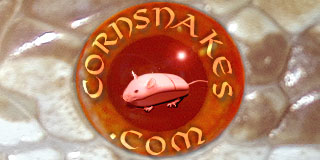He probably will carry some of them, but since the father was a normal and the mother an amel, the only 100% sure het is the amel.
Short and hopefully clear explanation of genetics; imagine a fertilized egg has a 'cardboard' inside with a 'drawer' for every single morph existing (amel, anery A, anery B etc). Each drawer is divided into 2 parts and both the father and the mother have to donate gene 'material' to each drawer from their own 'cardboards'. Mom has 2 pieces of amel material in her amel drawer (allso called homozygous for amel), so she will for sure donate amel material to her baby's for their amel drawer, hence they are 100% het amel (allso called hetrozygous for amel).
The anery B drawer of the father has an anery B piece of material and a wild type piece, cause he is only het for anery B. He can donate either a piece of wildtype material or anery B material to the anery B drawer , so his baby's are not 100% sure het for anery B. Since mom allso has both wild type and anery B in her anery B drawer (they threw charcoals), any baby can end up having 0, 1 or 2 anery B pieces of material in their drawers.
Change the word 'drawer' for locus and the 2 parts in it for 'allele' and you have the more scientifical explanation

Not sure how to call the 'cardboard' scientifically.... Gene is not the right word I think...
Though I do think some genetic fanatics might have some comments on this way of explaining concerning the scientical 'translation', I think it works to understand how heritage of genes works in practice, what is the deepest level most hobbyist want to go anyway. Serp, or any other genetic wizzard, feel free to comment and correct if necessary.
Since there were charcoals and hypo's, mom is allso het for charcoal and both parents are het hypo.... they are for sure nice breeders for several projects! One could test any more common morph in any corn with these ones!





